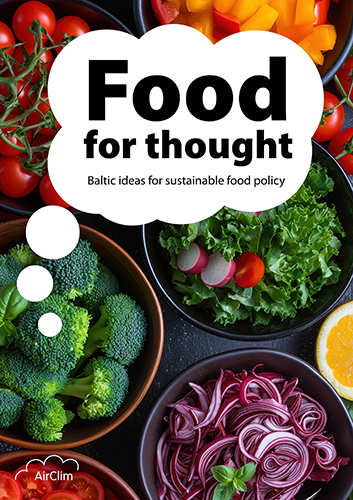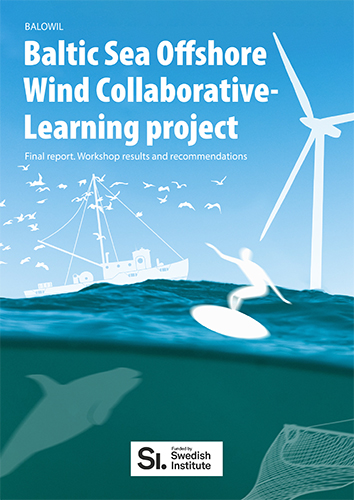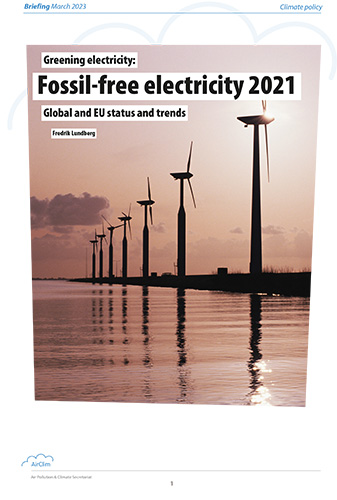
Editorial: Public money for public environmental goods
 Photo: Martin Sojka flickr.com CC BY-NC-SA
Photo: Martin Sojka flickr.com CC BY-NC-SA
Potatoes, milk and bacon, almost everything we eat comes from agriculture. That is plain fact, but agriculture is also responsible for 90 per cent of the ammonia emissions and at least 11 per cent of the greenhouse gases in the European Union.
The Common Agriculture Policy (CAP) for 2014-2020 is right now undergoing final negotiations in trialogue with an expected outcome in the end of June.
Back in February, EU leaders decided to allocate more than €50 billion a year between 2014 and 2020 to the CAP. That is about €100 for each EU citizen. Although the Council for the first time decided to cut the budget to agriculture, it is still by far the largest budget item.
This also makes agriculture quite unique; no other private sector receives such massive public subsidies. But there is reason for this, food production is an essential function in society and it can be seen as quite fair that it is treated differently from other types of production. But a healthy environment is a precondition for being able to produce food in the first place, so would it not be reasonable to use these vast sums to also guarantee this at the same time?
Indeed, the Council has reasoned along the same lines, in the budget it is concluded that the CAP should ensure “sustainable management of resources and climate action”. Or public money for public environmental goods – as expressed by a coalition of environmental organisations.
About three-quarters of the CAP budget will be used for direct payments to farmers and market measures, also known as the first pillar. One of the reforms advocated for this CAP period is the so-called greening of this pillar. That is to say that payments to farms will be subject to certain environmental standards.
More efficient nitrogen management, mixed farming, perennial grasslands and less meat production would be on my wish list for a more air- and climate-friendly agriculture – measures that would also have a positive impact on water and biodiversity.
However in the Commission’s proposal, attempts to green the first pillar started off quite weakly. There was certainly room for improvement. The Parliament and the Council of Ministers has since watered down the proposal further. What has been negotiated right now is a light-green greening that applies to most farms, versus a standard that applies to just to a fraction of farms and is not set any higher than what is already common practice today. This difference is not insignificant. But even with a positive outcome it is not enough to ensure sustainable management of resources and climate action.
Despite this gloomy outlook, we do not need wait until 2020 for the next opportunity to green agricultural policy. In the coming year member states will design their own rural development programmes under CAP. What they can do is limited by the general framework, but there is enough flexibility to make some difference.
But there is a glaring risk that national agricultural lobby groups will argue that these national programmes will be as unambitious as possible in order to survive competition with other EU countries. With struggling economies in many member states a race to the bottom is not an unlikely outcome. A more ambitious EU-wide common ground would have saved us from this.
Kajsa Lindqvist

 Download this issue
Download this issue

























